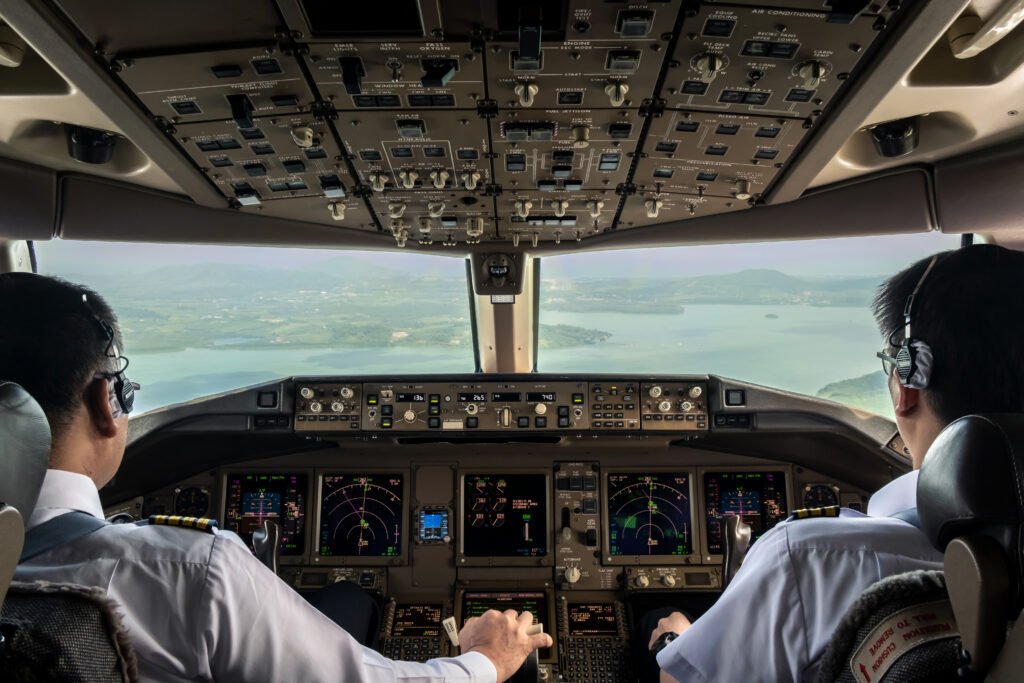PILOT TRAINING
ELP Training

Under the norms of the International Civil Aviation Organisation (ICAO), it is mandatory that all professional flight crew require proficiency demonstration in the English language used for radiotelephony communication.
As per Indian Aircraft Rules, it is requires that an applicant of a Private Pilot’s License (Aeroplanes/ Helicopters), Commercial Pilot License (Aeroplanes/ Helicopters), Airline Transport Pilot’s License (Aeroplanes/ Helicopters), Flight Engineer’s license, Flight Navigator’s license, and Pilot’s License (Microlight aircraft/Light sport aircraft/Gyroplanes) shall have the ability to speak and understand the English language used for radiotelephony communications to the level of proficiency specified by DGCA.

It is also requires that an applicant of a Student Air Traffic Controller’s License or Air Traffic Controller’s License shall have the ability to speak and understand the English language used for radiotelephony communications to the level of proficiency specified by the DGCA. The level of proficiency shall be evaluated in and shall be indicated on the license of applicant.
DGCA has approved organisations to conduct ELP training by Training Organisations and ELP test of applicant by Testing Service Providers. Aviation English Language Proficiency (ALEP/ELP) to be undertaken at par with global best practices and also comply with the latest guidelines as recommended by ICAO & DGCA.

Training Duration:
Minimum 30 Hrs (for applicant who has passed English language Exam in Class 10 or 10+2 Examination).
(OR)
200-400 Hrs (for applicant whose English is a second language or non-native language, the purpose of the training is with a view to correcting or attenuating unintelligible features of their speech)
